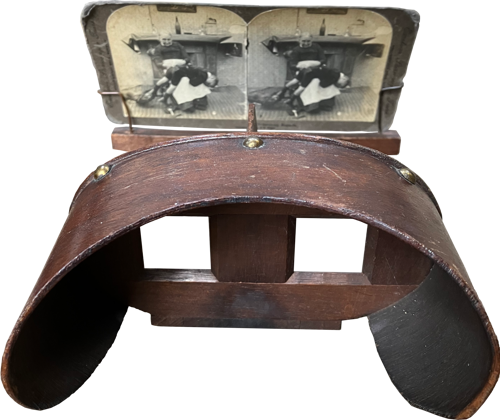History
The Cawthorne Museum Society was founded in 1884 by Rev. Charles Tiplady Pratt, then vicar of the parish. He encouraged young villagers to explore natural history through study groups focused on birds’ eggs, wildflowers (both illegal to collect now), fossils, astronomy, and weather. These were supported by popular winter lectures known as “penny readings.”

The study groups' collections of exhibits, together with curios from the village and from the travels of the local squire and his family of Cannon Hall, soon outgrew the premises. With Rev. Pratt’s persuasion, local landowners Sir Walter and Roddam Spencer Stanhope supported the idea of a purpose-built museum. Roddam, an artist connected to the Pre-Raphaelite movement, enlisted the help of friends including John Ruskin.
Craftsmen from the Cannon Hall estate carried out the work, using stone and timber salvaged from buildings demolished on the estate. These included elements such as a 13th-century crook, as well as later posts and trusses. The fireplace is another architectural feature that can mislead visitors about the building’s age; it was taken from the vicarage on Darton Roadwhere it was originally built in 1690.
The foundations were laid in 1887, Queen Victoria’s Golden Jubilee year, hence the name. Two years later the building was officially opened with a public tea in two sittings. White tickets at 5pm and Red tickets at 5.45pm.
"It is requested that persons with Red tickets do not try to take tea at 5pm".
- Rev. C.T. Pratt
The Society continued to flourish and the ‘penny readings’ continue up to the present time, but not at a penny!! We have a record of over 120 years of winter lectures on a vast range of subjects from travel, collecting, local history, ethnography and the like.

In 1953, Mrs. Stanhope offered the museum to the Society for £100. An anonymous donor covered the cost, provided an additional £200 was raised for maintenance over the next four years, ensuring the museum's future.
Following the death of longtime secretary Noel Moxon in 1979, a donation from his family inspired an extension. With over £18,000 raised in 18 months, new galleries opened in 1983, echoing the style of the original building.
The Society marked its centenary in 1984 with a concert at Nostel Priory and celebrated the museum’s 100th anniversary in 1989 with a tea held in the village hall. The committee dressed in Victorian costume, but this time everyone had tea at the same time!
A major refurbishment funded by the Heritage Lottery Fund in 1997–98 added modern amenities and improved accessibility. Further improvements came in 2003 and 2006, including an outdoor event space and enhanced grounds.
Today, the museum retains its character and diverse collection. It remains proudly a true Victorian hotch-potch and we wouldn’t have it any other way.